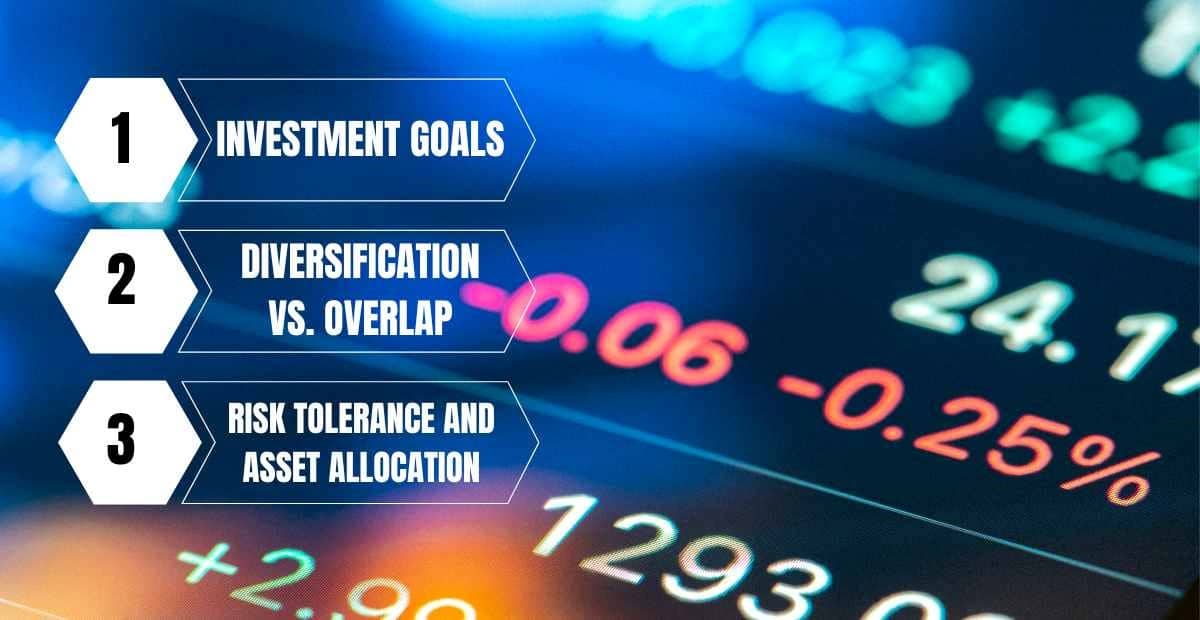Exchange-Traded Funds (ETFs) have become a popular investment vehicle for both novice and experienced investors. They offer diversification, liquidity, and cost-efficiency, making them an excellent choice for building a well-rounded portfolio. However, the question that often arises is: how many ETFs should I own? The answer depends on various factors, including investment goals, risk tolerance, and market knowledge. In this guide, we will explore the optimal number of ETFs for different types of investors and provide insights into structuring a balanced portfolio.
The Role of ETFs
ETFs are designed to track an index, sector, commodity, or asset class. By investing in ETFs, you can gain exposure to a broad market or a specific niche without having to buy individual stocks or bonds. Some of the key benefits of ETFs include:
• Diversification: Reduces risk by spreading investments across multiple assets.
• Low Costs: Lower expense ratios compared to actively managed funds.
• Liquidity: Traded like stocks, allowing for easy buying and selling.
• Tax Efficiency: Generally, more tax-efficient than mutual funds.
Factors to Consider When Deciding on the Number of ETFs
1. Investment Goals
Your financial objectives play a significant role in determining the number of ETFs you should own. If you are investing for retirement, wealth accumulation, or income generation, your ETF selection and quantity will differ.
• Long-Term Growth Investors: A mix of broad market ETFs (such as S&P 500, Total Stock Market, and International ETFs) is often sufficient.
• Income-Focused Investors: Dividend and bond ETFs can be added for steady income.
• Aggressive Investors: Sector-specific and thematic ETFs can provide higher growth potential.
2. Diversification vs. Overlap
Owning multiple ETFs can enhance diversification, but having too many can lead to overlap. If multiple ETFs track the same index or have similar holdings, it dilutes the benefits of diversification. To avoid this:
• Check the ETF’s holdings before adding it to your portfolio.
• Ensure exposure to different asset classes, industries, and geographic regions.
• Limit redundancy by selecting ETFs with unique compositions.
3. Risk Tolerance and Asset Allocation
Your risk appetite determines how you allocate funds across ETFs.
• Conservative Investors: A combination of broad market, bond, and dividend ETFs (e.g., S&P 500, Treasury Bonds, Dividend Aristocrats ETFs).
• Moderate Investors: A mix of equity, international, and alternative asset ETFs (e.g., S&P 500, emerging markets, REITs).
• Aggressive Investors: Higher allocation to sector, small-cap, and thematic ETFs (e.g., technology, healthcare, innovation ETFs).
How Many ETFs Are Ideal for a Portfolio?
For Beginners: 2-4 ETFs
If you are new to investing, keeping it simple is the best approach. A portfolio with 2-4 ETFs can provide sufficient diversification without overwhelming complexity. A basic portfolio may include:
• Total Stock Market ETF (VTI, ITOT) for broad U.S. equity exposure.
• International ETF (VXUS, IXUS) for global diversification.
• Bond ETF (BND, AGG) for stability.
• Sector-Specific ETF (XLK for tech, XLF for financials) for targeted growth.
For Intermediate Investors: 5-8 ETFs
Investors with more experience and a higher risk tolerance can expand their holdings to 5-8 ETFs by incorporating:
• Small-Cap ETF (IWM, VB) for exposure to smaller, high-growth companies.
• Emerging Market ETF (EEM, VWO) for higher international growth.
• Real Estate ETF (VNQ, IYR) for real estate exposure.
• Thematic ETF (ARKK, TAN) for specific trends like innovation or clean energy.
For Advanced Investors: 8-12+ ETFs
Seasoned investors who want to fine-tune their allocations and hedge against market fluctuations may opt for 8-12+ ETFs, including:
• Commodity ETFs (GLD for gold, SLV for silver, USO for oil).
• Hedging ETFs (Inverse ETFs like SH, VIX ETFs for volatility protection).
• Industry-Specific ETFs (Healthcare, cybersecurity, AI-focused funds).
Common ETF Portfolio Mistakes to Avoid
1. Owning Too Many ETFs
• More ETFs do not always mean better diversification.
• Over-diversification can reduce overall returns and increase complexity.
• Aim for broad coverage rather than excessive funds with overlapping holdings.
2. Not Rebalancing Regularly
• Market fluctuations cause portfolio drift, where certain ETFs grow disproportionately.
• Rebalancing ensures your asset allocation aligns with risk tolerance.
• Review your portfolio quarterly or annually to adjust holdings accordingly.
3. Ignoring Fees and Expense Ratios
• ETFs generally have low fees, but some thematic or niche ETFs charge higher expense ratios.
• Compare costs before investing to ensure long-term profitability.
4. Chasing Trends and High-Volatility ETFs
• Avoid making investment decisions based on short-term market hype.
• Consider the long-term viability of thematic ETFs before investing heavily.
Conclusion:
There is no one-size-fits-all answer to how many ETFs you should own. The ideal number depends on your investment goals, risk tolerance, and portfolio strategy. Whether you choose 2, 5, or 10 ETFs, ensure that each one serves a purpose, provides diversification, and aligns with your financial objectives. By carefully selecting and managing your ETFs, you can build a strong, resilient, and profitable portfolio.

A writer, editor, and publisher with a knack for crafting informative articles.


